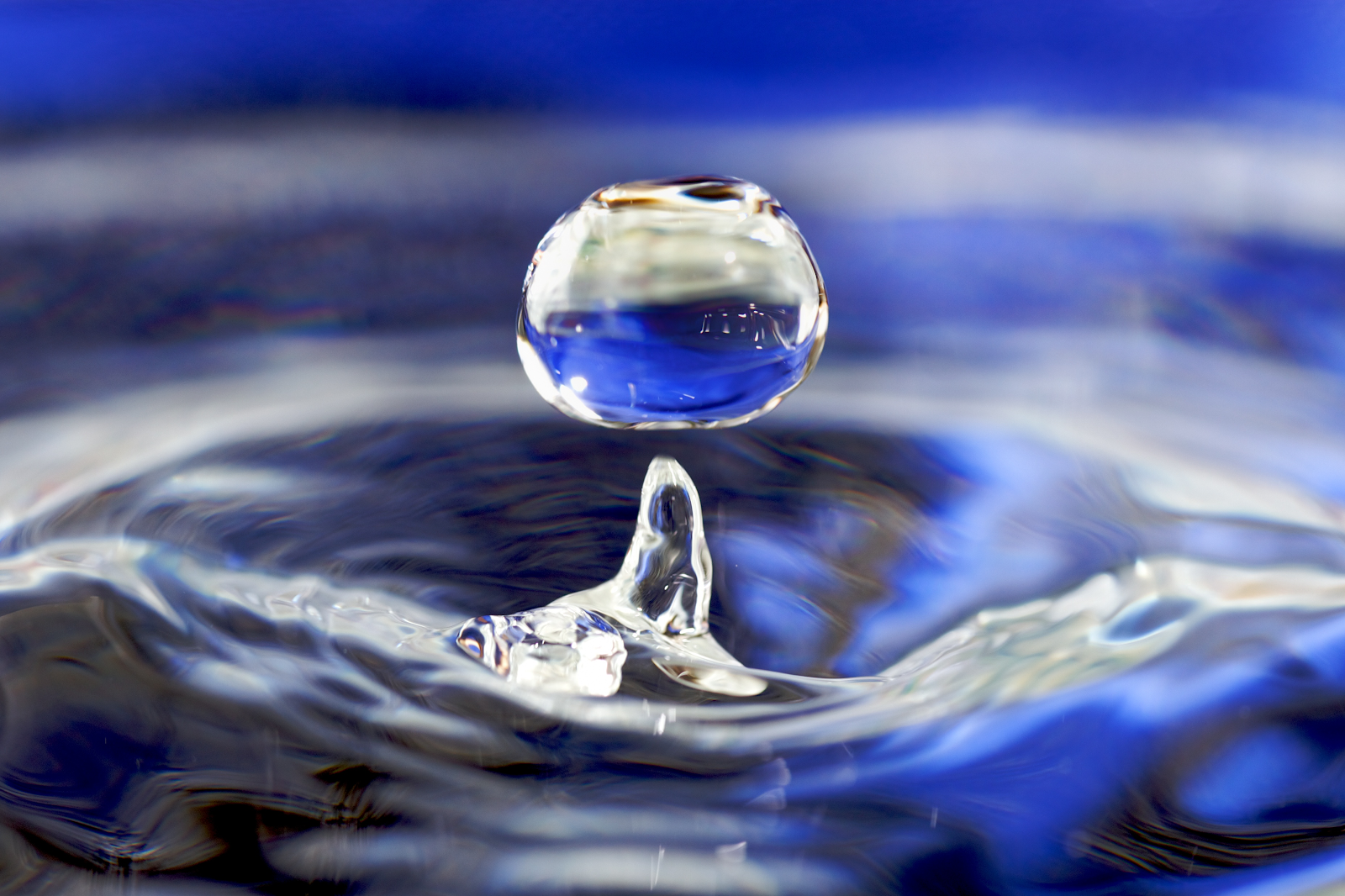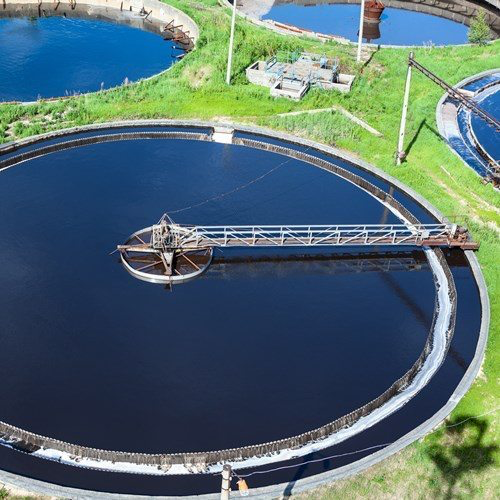Water Treatment
Potable Water
What you need to know:
Know what is meant by potable water.
Know the difference between fresh water and sea water potable water.
Know how to make fresh water potable.
__Potable water is any water that is safe to drink. __Potable water is not necessarily pure water, it may contain other substances dissolved in it.
Fresh water is water that comes from rainwater. It doesn’t have many other substances dissolved in it. Most of the drinking water in the UK comes from fresh water supplies. In warmer countries, most drinking water comes from groundwater (since the fresh water dried up quickly).
Fresh water still needs to be treated before it is safe to drink (potable).
To do this the following steps need to be taken:
- Filtration - wire mesh filters out any big impurities (such as twigs) and then sand and gravel filter out any smaller impurities (such as bits of dirt).
- Sterilisation - Any harmful bacteria is then killed by bubbling chlorine gas through the water. Ozone or ultraviolet light can also be used instead of chlorine gas.
Sea water:
In very hot countries, sea water needs to be treated in order to be potable. This is done either by distillation or using membranes and reverse osmosis.
Testing Water
What you need to know:
Know how to test water for potability.
Water first needs to be tested before it is drank, in order to see if it is safe.
You test for:
- pH levels - this is done with a pH meter. If the pH is too high/low, the water is neutralised.
- Sodium ions - this is done via a flame test. If the flame is yellow, sodium is present.
- __Chloride ions __- add a few drops of dilute nitric acid and silver nitrate. If a white precipitate forms, chloride ions are present.
- __Salt __- if there is too much salt, the water needs to be distilled.
Waste Water Treatment
What you need to know:
Know what is meant by ‘waste water’.
Know how to treat waste water to make it potable again.
Waste water is water that has been used (for example when you run the tap) already and needs to be treated in order to be reused.
Treatment:
- Screening - This is just the removal of any large bits of rubbish
- Sedimentation - The screened waste water is left to stand in a tank. The heavy sediment sinks to the bottom and the lighter stuff remains on top (effluent)
- Aerobic/Anaerobic digestion
Aerobic digestion - The effluent is removed from the tank and we pump oxygen through the effluent. This encourages aerobic bacteria to break down organic material in the effluent.
Anaerobic digestion - The sludge is removed from the tank and put into large tanks together. Bacteria break down the organic matter in the sludge through anaerobic digestion. This can then be used as fertilizer. Any methane gas that comes from the sludge can be used as a fuel source.
This process is used in some countries but not in the UK. Some people believe that we should switch to this technique of reusing water, since it requires less energy (which means less fuel being used). However, people don’t like the idea of drinking water that used to be waste.

